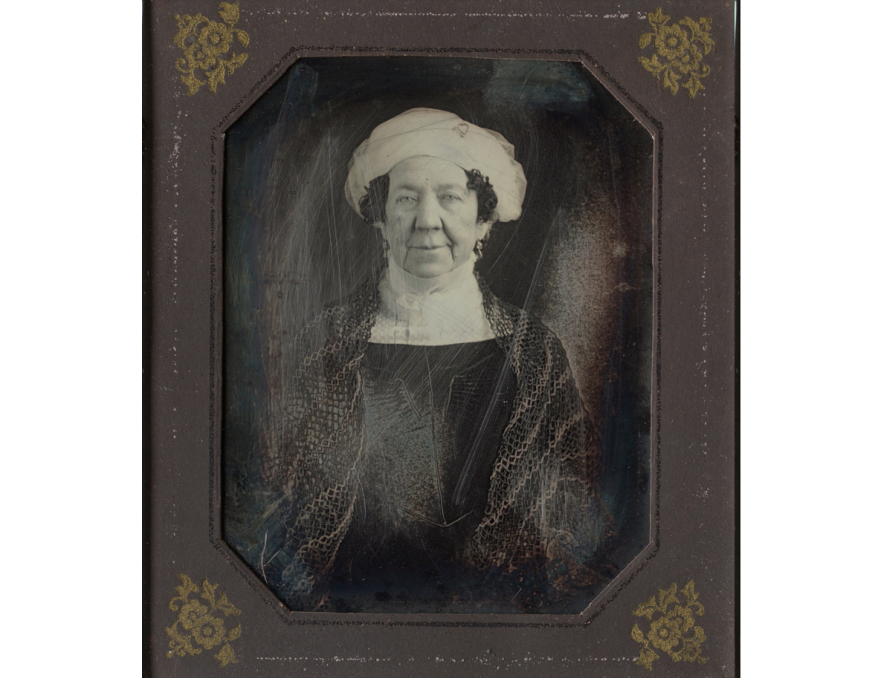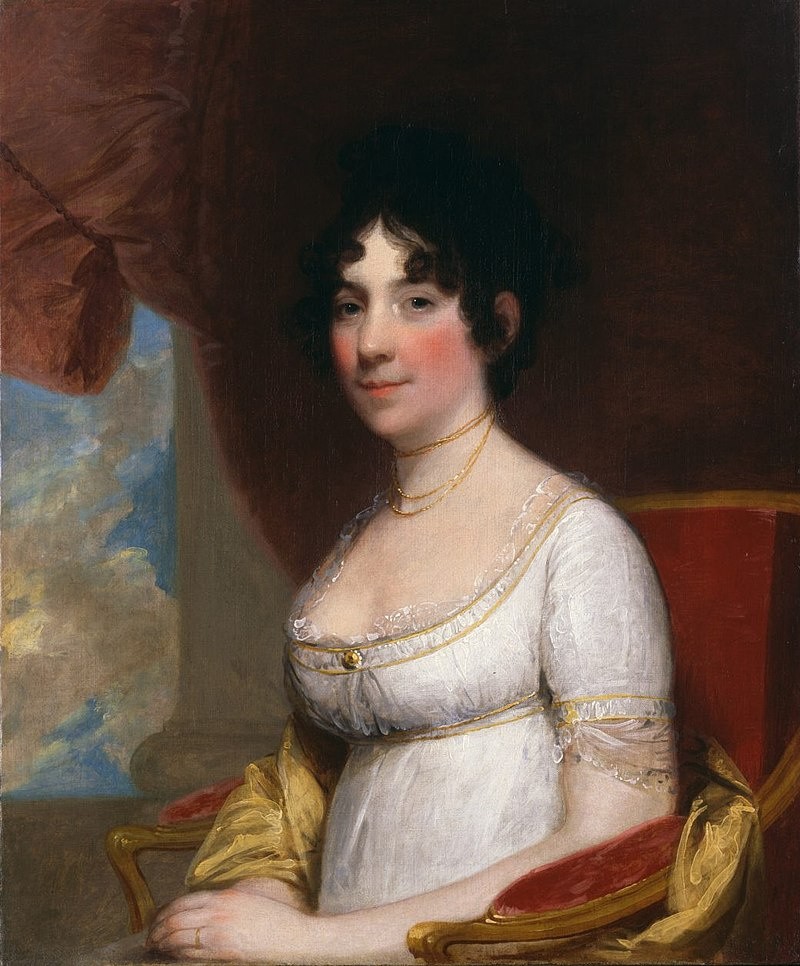National Portrait Gallery Acquires Earliest Known Photograph of a US First Lady, Dolley Madison

The oldest known image of a US first lady was just added to the vast collection of historical portraits held by the Smithsonian's National Portrait Gallery (NPG) in Washington, DC.
The photograph, a quarter-plate daguerreotype of the former First Lady Dolley Madison, was probably taken in the middle of 1846. At seventy-seven years old, Dolley Madison, the fourth US president's wife, is depicted. This outstanding artifact is the first of its kind in the NPG collection together with the other historical photographic portraits of people at a tender age of photography; recently the museum acquired what is considered as the first photograph of US president taken by Philip Haas in 1843 and acquired by the museum in 2017.
The daguerreotype of Dolley Madison was made by John Plumbe Jr., an artist and entrepreneur who was born in England. Plumbe came to America in 1821 and started a professional photographer in about twenty years later. He opened studios which were in over a dozen cities before selling out the business in 1847. The earliest known likeness of the US Capitol is attributed to Plumbe, who is known for having painted a portrait of Madison also.
Auction Acquisition and Funding
Madison photograph was bought by the National Portrait Gallery for $ 456,000 at the Sotheby's auction of books, manuscripts, and Americana on June 28 outbidding the lot's $ 70,000 high estimate for it. The purchase was made possible by the support of the multi-billion-dollar organization, Secretary of the Smithsonian, Lonnie G. Bunch III and private capital from the Joseph L. and Emily K. Gidwitz Memorial Foundation Endowment. Sotheby's auction catalog described the piece as one of the exceedingly few surviving photographs of the woman who has defined for two centuries what it means to be the first lady of the United States of America.
Also Read: Rouen Cathedral, Renowned for Monet's Artistic Legacy, Spared from Fire Threat
Lonnie G. Bunch III stated, 'This artifact will give the Smithsonian one more chance to present the stronger American history including the contributions of the women like Madison for its development.'

Dolley Madison's Legacy
Dolley Payne Todd Madison, raised by a Quaker family in Philadelphia, is often credited with inventing the role of the first lady. She was beautiful, smart, and skilled in the ways of Washington social politics; her influence aided her husband in forming critical political affiliations and setting up the White House at the heart of Washington's elite society. Her famous Wednesday night dinner or her official clanger received by the US House of Representatives was evident. At her funeral, the President of the United States of America, Zachary Taylor eulogized her as being the first lady of the land for half a century thus authoritatively christening the title "First Lady".
The Daguerreotype Process
The first widely marketed type of photograph was the daguerreotype which was created by Louis Daguerre in the year 1839. It involved rubbing a sheet of copper coated with silver, giving it light sensitive fumes, and placing it in a camera and finally developing with mercury vapor and chemicals. It developed into the only widely available and relatively cheap method of creating a photographic image in the 1840s and 1850s.
In this regard, the collection of the Dolley Madison daguerreotype contributes not only to the holdings of the National Portrait Gallery but also is a link to the early period of America's history. It emphasizes the importance of remembering Dolley Madison and her input to the formation of the role of the first lady as well as women's impact to the formation of the nation.
Related Article: Jim Carrey's 30-Year Art Collection to be Auctioned at Bonhams L.A. on July 25
From Digital Models to 3D-Printed Homes: Jaspreet Kaur Lall Explains How the Innovation Changes the Construction Industry

Future Belongs to Green Construction: Sampath Kumar Paspunoori Explains One of the Key Trends in the Construction Industry

Kamala Harris' Campaign Ad Uses Iconic Visuals from Carrie Mae Weems to Connect with Voters

Historic Ancient Roman Ruins in Baalbek Remain Strong After Israeli Air Strikes; Locals Seek Cultural Protection

4 Ways to Honor Departed Loved Ones in Your Home Design













